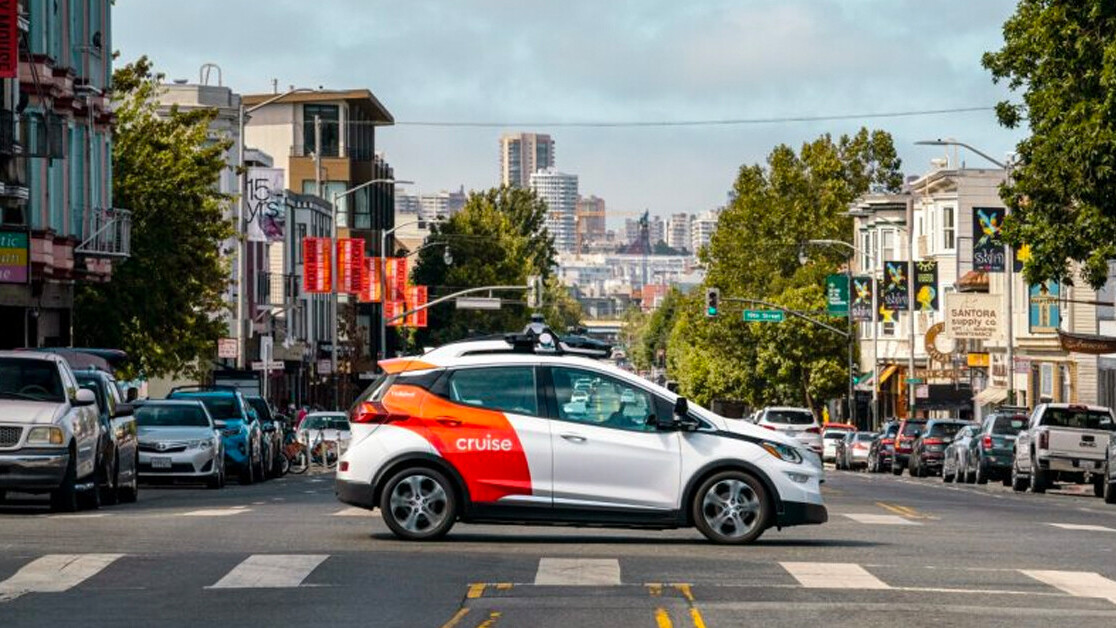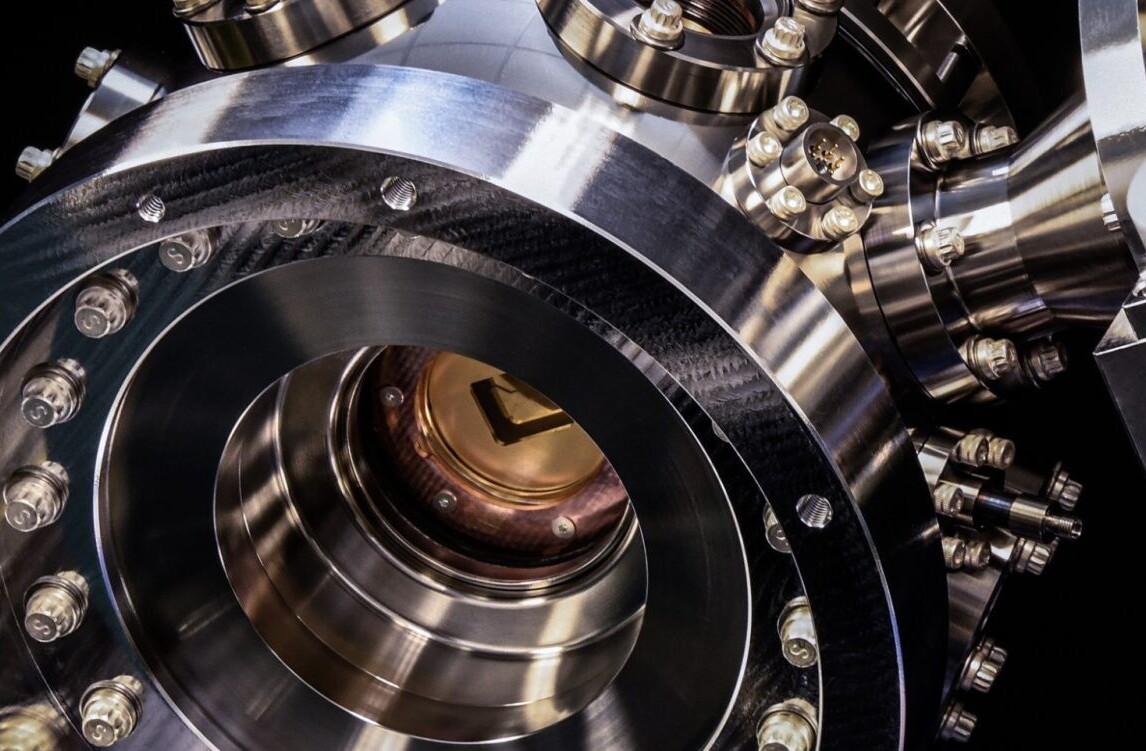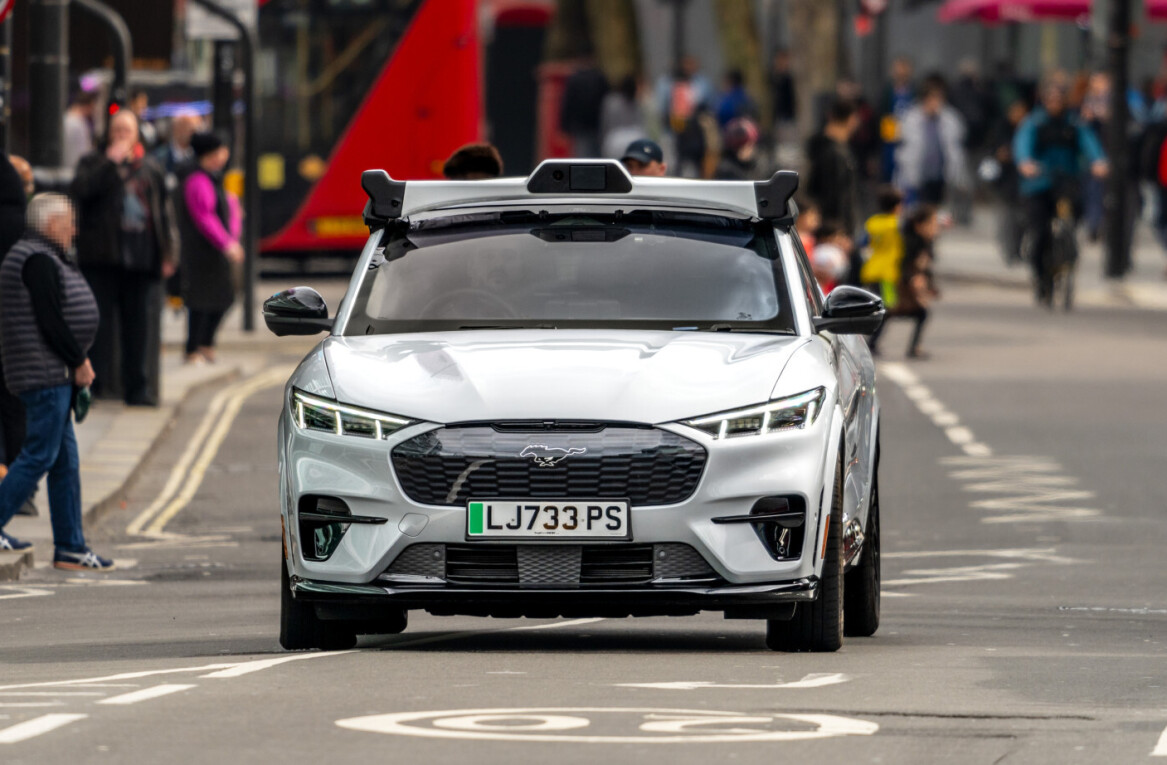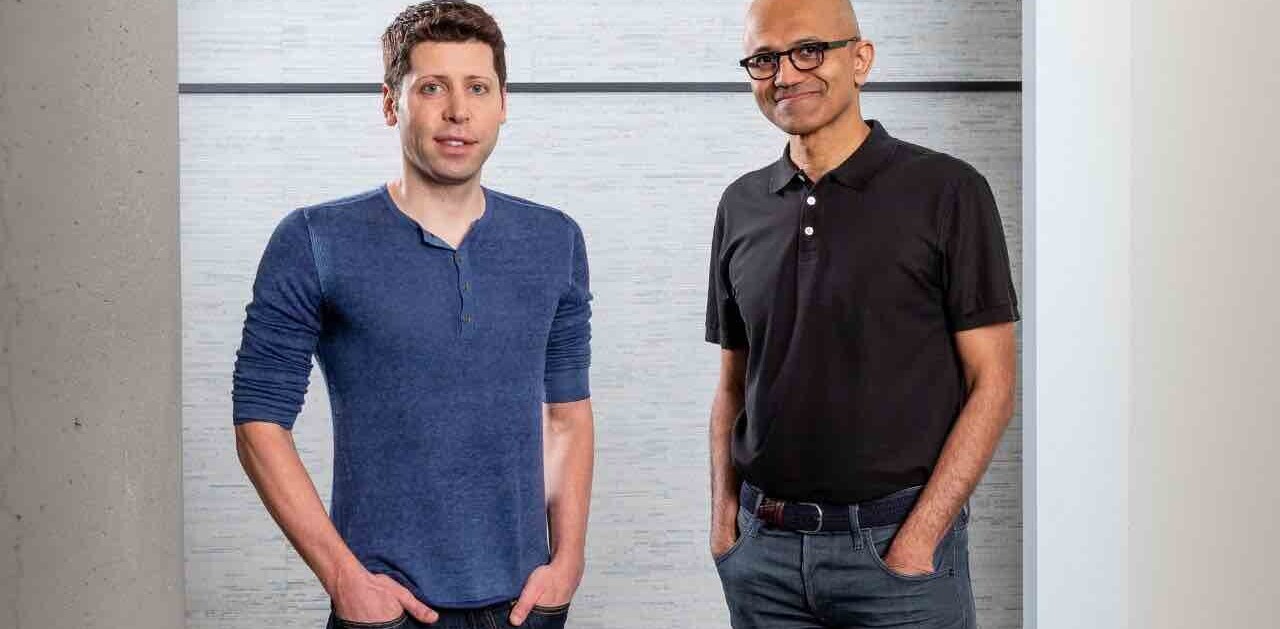Self-driving car startup Cruise has received more than $2 billion in a new round of investment from Microsoft, General Motors, Honda, and institutional investors, according to a joint statement by Cruise, its owner GM, and Microsoft on Tuesday. The investment will bring the valuation of Cruise to $30 billion and make Microsoft an official partner.
Per Tuesday’s announcement: “To unlock the potential of cloud computing for self-driving vehicles, Cruise will leverage Azure, Microsoft’s cloud and edge computing platform, to commercialize its unique autonomous vehicle solutions at scale. Microsoft, as Cruise’s preferred cloud provider, will also tap into Cruise’s deep industry expertise to enhance its customer-driven product innovation and serve transportation companies across the globe through continued investment in Azure.”
So, Cruise will get the much-needed funds to conduct research and (possibly discounted) access to Microsoft’s cloud computing resources and move closer toward its goal of launching a purpose-built self-driving car.
But in the long run, Microsoft stands to gain more from the deal. Not only will it get two very lucrative customers for its cloud business (Azure will also become GM’s preferred cloud provider, also per the announcement), but when seen in the broader context of Microsoft’s self-driving car strategy, “Cruise’s deep industry expertise” will possibly give Microsoft a solid foothold into the future of the still-volatile self-driving car industry.
At a time where most major tech companies are interested in acquiring self-driving car startups or launch their own initiatives, Microsoft’s hands-off approach can eventually turn it into an industry leader.

Self-driving cars from the AI business perspective
Self-driving cars can be viewed as a specialized case of artificial intelligence business. Every company running on AI algorithms—namely machine learning—must bring together a few key pieces to have a viable business model:
- Algorithms: The company must either use existing machine learning algorithms or research new architectures that suit the problem.
- Data: The company must have a sound infrastructure that consolidates disparate data sources. It must also have ways to collect and store fresh data from customers to continue to maintain and tune its models and maintain the edge over competitors.
- Compute resources: The company will need access to large compute clusters and specialized hardware to train and update its machine learning models and to provide cloud-based inference at scale.
- Talent: The company needs data scientists, data engineers, and machine learning engineers to develop and maintain AI models and research new techniques.
Microsoft already has a solid AI stack and a full range of products that fit in this category. For instance, the company’s computer vision service runs on machine learning models developed by the company’s engineers. The models were trained using the company’s vast store of image data. As customers use the AI service, they generate more data and labels to further enhance the machine learning models. Finally, Microsoft’s Azure cloud has specialized hardware to both train the models and deliver them at scale and in a cost-efficient manner.
Many companies use Microsoft’s Cognitive Services APIs to integrate AI capabilities into their applications.
Microsoft can also engage in any kind of venture that builds on this AI stack, such as launching its own end-to-end computer vision applications or hosting advanced natural language processing platforms such as OpenAI’s GPT-3.
When it comes to self-driving cars, however, a few new components are added to the mix:
- Autonomous driving hardware: The company must develop lidars, sensors, cameras, and other hardware that enable self-driving features.
- Vehicle: The company must either manufacture its own vehicle or find a manufacturing partner to integrate the self-driving car gear.
Self-driving cars introduce new manufacturing and legal challenges that would challenge a company that is mainly in the software business. There are a few ways companies overcome these challenges.
How does Microsoft’s self-driving car strategy fare against others
The traditional way to enter an emerging market is to either build it yourself or buy it from someone else.
Google developed its own self-driving car lab in the late 2000s, which it later renamed Waymo. Waymo develops AI software and hardware for autonomous driving. Google does not manufacture its own cars and relies on the vehicles of other carmakers such as Toyota, Audi, Fiat Chrysler, and Lexus to test and deploy its technology.
But Google had a head start, which allowed it to create its own self-driving car unit from scratch. Other companies that entered the field later made up for their tardiness by acquiring self-driving car startups. Examples include Amazon’s acquisition of Zoox and Intel’s acquisition of MobileEye.
Tesla is among the few who have a complete self-driving car stack. The electric carmaker has autonomous driving technology integrated into its electric vehicles. It also has millions of sold cars that are constantly collecting fresh data to further enhance its algorithms. Apple also has plans to manufacture its own self-driving car, though the full details have yet to emerge.
Microsoft approach to the self-driving car industry is different.
“We partner across the industry. We are not in the business of making vehicles or delivering end mobility as a service offerings,” Sanjay Ravi, General Manager of Automotive Industry at Microsoft, wrote in a blog post that laid out Microsoft’s automotive strategy in 2019.
Instead of acquiring startups and test-driving cars in cities, Microsoft has a program to support self-driving car startups by providing them engineering support and discounted access to cloud services. These startups can become potential Microsoft partners in the future. In October, Microsoft entered a partnership agreement with Wayve, a London-based developer of self-driving car software that was part of Microsoft’s start-up program. Cruise is the second self-driving car company Microsoft is partnering with. Microsoft also has partnerships with several carmakers to provide them with cloud services.
Why Microsoft’s strategy can succeed

The problem with the self-driving car industry is that we still don’t know when we will get there. Every year, we’re missing new deadlines on having fully autonomous cars on roads. But like the quest for artificial general intelligence, we know that we have a bumpy and potentially long road ahead.
We also don’t know what the final technology will look like. Tesla CEO Elon Musk believes that computer vision alone will be enough to reach full autonomy. Other companies are banking on lidar technology becoming more affordable and stable in the future. Car design will also undergo changes as the industry matures.
Another issue is the regulations of self-driving cars. Will self-driving cars be allowed to share the road with human drivers? Will they only be allowed in specific, geo-fenced areas? How will culpability be determined in case of accidents?
Every one of these areas can undergo fundamental changes, and those changes will be decisive in determining which startups will flourish and which collapse in the coming years. Interestingly, the one thing that will likely remain constant is data, cloud, and software, the three areas where Microsoft already excels at.
And this is why Microsoft’s strategy of not acquiring startups will protect the company against the industry’s volatility.
For one thing, partnership is a flexible format that is well suited for the quickly evolving self-driving car space. Entering a partnership is faster and more affordable than a full acquisition (compare the $2 billion partnership with a full $30 billion acquisition of Cruise, if it was possible at all). At the same time, leaving a partnership is much easier than having to scrap and sell an entire self-driving unit.
Meanwhile, small investments allow Microsoft to cast a wider net and become engaged in a diverse range of solutions through its self-driving startup accelerator program and its partnership agreements. Already, the roster of startups included in Microsoft’s self-driving startup program represents a diverse set of research areas and directions. Any of them can become breakthrough solutions in the future. While Microsoft supports these startups, it will also tap into their industry expertise and develop its own in-house talent and tools. This will be very crucial if and when Microsoft considers making a more serious move in developing self-driving cars.
As the field matures and potential winners become more evident, Microsoft will be in a better position to upgrade its relationship with startups into full partnership and eventual acquisition.
And if Microsoft’s partnership with OpenAI is any indication, a lot of the investment that Microsoft makes into startups is in Azure credits, which makes sure those startups become locked into Microsoft’s cloud service instead of going with other cloud providers.
So in a broader scale, Microsoft’s wide range of partnerships will enable it to become a growing hub to attract self-driving car startups. It will use the expertise and experience of these startups to enhance its cloud and AI services for autonomous driving, and in turn attract more customers.
Many analysts think Microsoft is lagging in the self-driving car space by not having an active program to test cars in cities. I think that the company has made a smart move to solidify its position in things that will remain constant (cloud, data, and algorithms) while developing a strategy that will allow it to adapt to the inevitable changes that will overcome the industry in the coming years.
This article was originally published by Ben Dickson on TechTalks, a publication that examines trends in technology, how they affect the way we live and do business, and the problems they solve. But we also discuss the evil side of technology, the darker implications of new tech and what we need to look out for. You can read the original article here.

SHIFT is brought to you by Polestar. It’s time to accelerate the shift to sustainable mobility. That is why Polestar combines electric driving with cutting-edge design and thrilling performance. Find out how.
Get the TNW newsletter
Get the most important tech news in your inbox each week.





